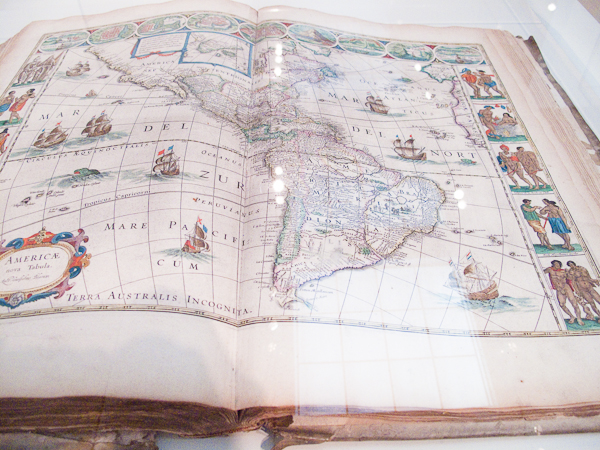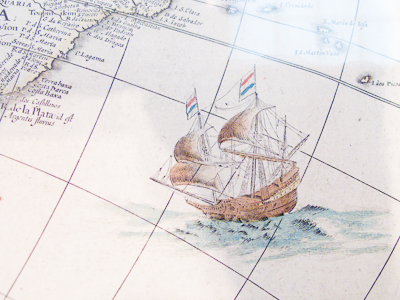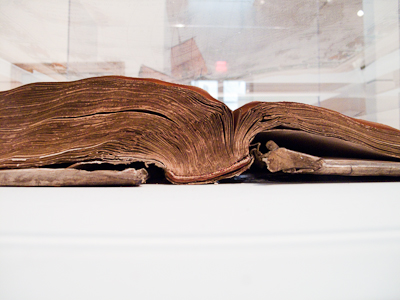Off the grid

The past month feels like a blur. Moving from Brooklyn to Staten Island erased a week, and teaching daily from 9 to 6 obliterated a couple more. Then six days in Maine, totally off the grid, removed me from the known world entirely. Today I'm working my way back onto the map.

Last week on the way to Maine with my sons I stopped at the Peabody Essex Museum in Salem, Massachusetts. In the several years since I last visited the place has expanded and modernized, adding state of the art galleries and completing the installation of the Yin Yu Tang house, a merchant's family home from Southeast China that has been transported to Salem and reassembled brick by brick. By itself the Yin Yu Tang is worth a visit to Salem. Walking through the courtyard put me back in China, directly. It's an amazing achievement and feels like a significant cross-cultural collaboration.

The more immediate motivation for my our visit to PEM, however, was to see the work of my friend Joni Sternbach. Her tintypes of surfers from the beaches of Montauk and Southern California have just been published in Surfland.
At the museum the pictures have been mounted cleanly and with context. I especially liked the inclusion of historical tintypes from the museum's collection, and the detailed demonstrations about the process itself. Another detail that seemed right was the dark red of the gallery walls, though the effect seemed a bit overwhelming at first. As my eyes adjusted, though, the contrast ratio of the walls juxtaposed against the tintypes began to reveal the swirl and rhythm of the emulsion on the plates, which mirrored and emphasized the feel of the surf and the texture of the waves.
I've shown Joni's work in class often. The connection for me is the idea that form and process and content merge into a motion of gesture and meaning that can't be reduced to singular elements. Her choice of subject informs her choice of camera and technology, becoming a complete statement. Surf, speed, and modern athleticism join with slow process and focus to become a meditation about waiting and concentration. If you've watched surfers off the beach you know this: surfers wait and watch. Their sport is an act of long slowness punctuated by moments of brief intensity. This reflects the activity of photography itself. Joni's pictures bring to mind a careful and sustained act of attention, and draw me to thoughts about connections — land and sea, history and technology, surfers and photographer.

Mary Ellen, unique tintype by Joni Sternbach, 2005
Note: Joni teaches the tintype process at workshops in New York and elsewhere. Check her website for updates. If you've got the basics of your photographic process figured out I strongly recommend expanding your horizons a bit and learning how to make pictures with technologies that are new to you. The next chapter in your path towards photography often means a detour from what you already know.

The book pictured here is the Theatrum Orbis Terrarum, made in 1647 by Willem Janzoon Blaeu, from the Peabody Essex Museum:
For much of the 17th Century, Amsterdam was the center of European cartography, with Blaeu's firm as its dominant enterprise. When he first published Theatrum in 1635, it was recognized as the finest atlas of its time. The decorative images ornamenting his maps provide fascinating insights into European perceptions of cultures encountered throughout the world.
Comments